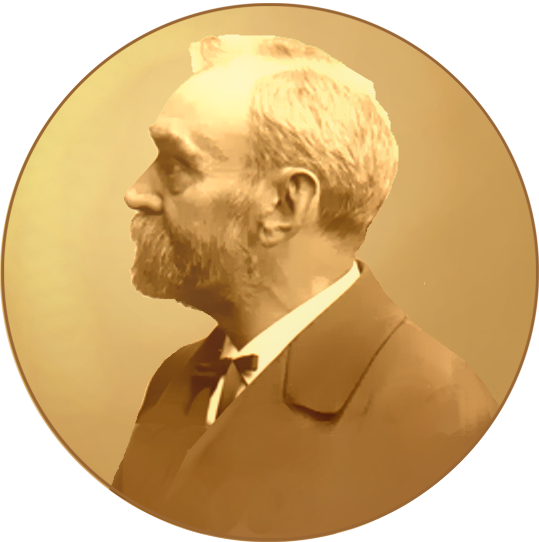 |
| By AlphaZeta (Own work) [Public domain], via Wikimedia Commons |
Let's for now disregard other senses such as hearing, texture and so forth and consider the flavour of something we eat as being mainly a combination of tasting (tongue) and smelling (nose). This is of course simplistic, but still taste and scent are two of the most important senses involved in our perception of food. If we concentrate on these two senses, which are both so-called chemical senses, we can actually invoke three Nobel prizes to illustrate important parts of this sensing process. They are all very elegantly described in both popular and scientific terms, depending on your background or taste, at the web site of the Nobel prize: